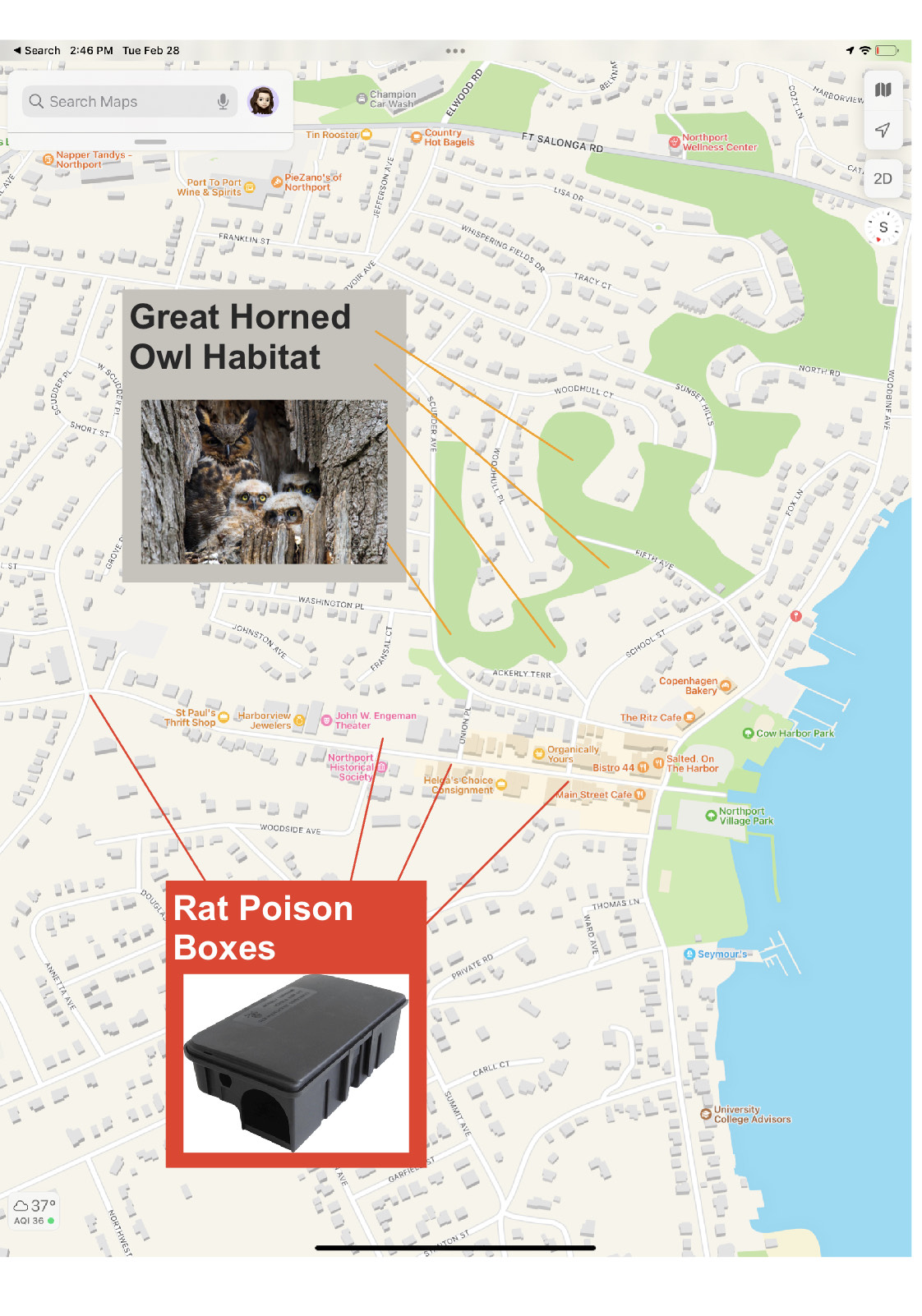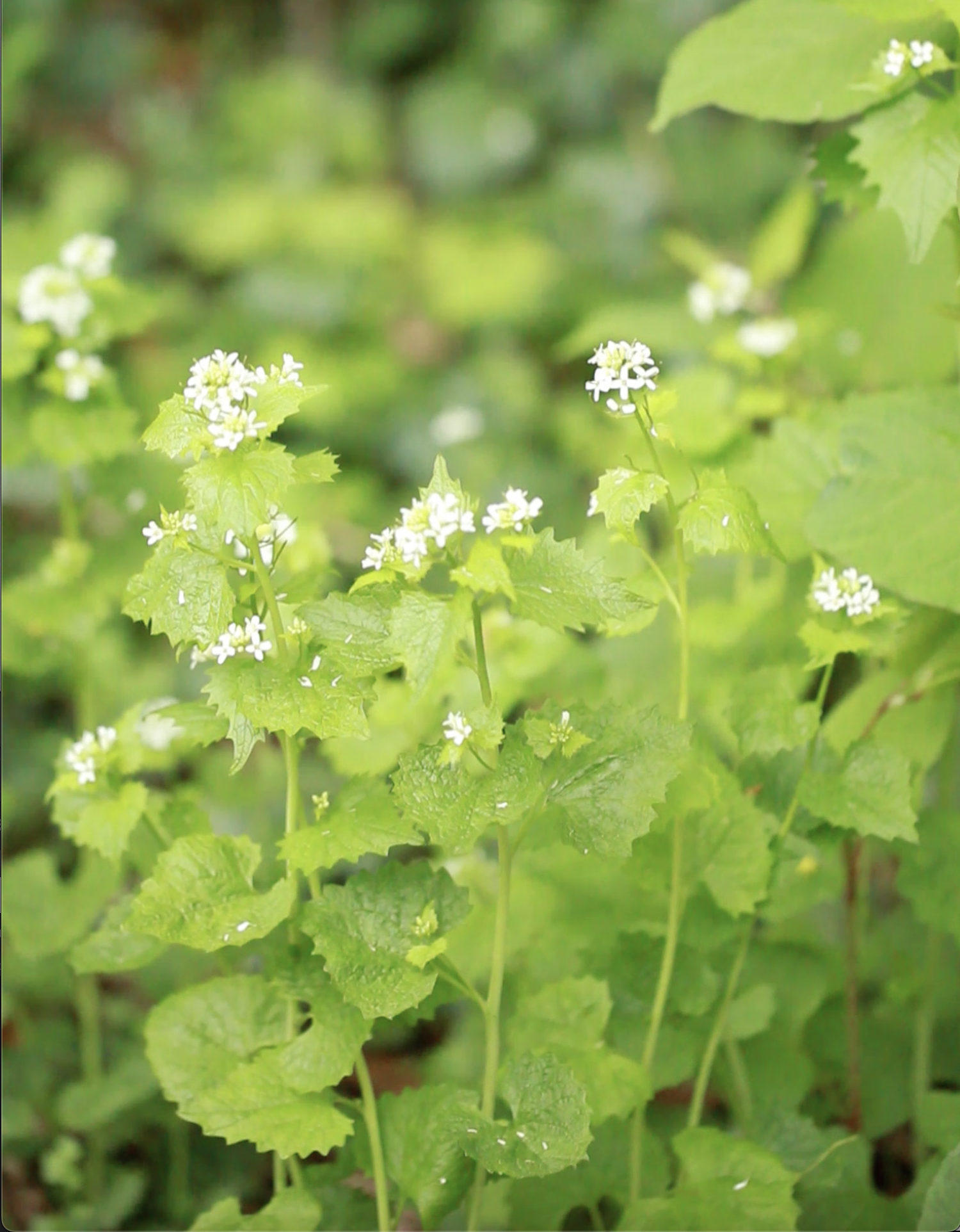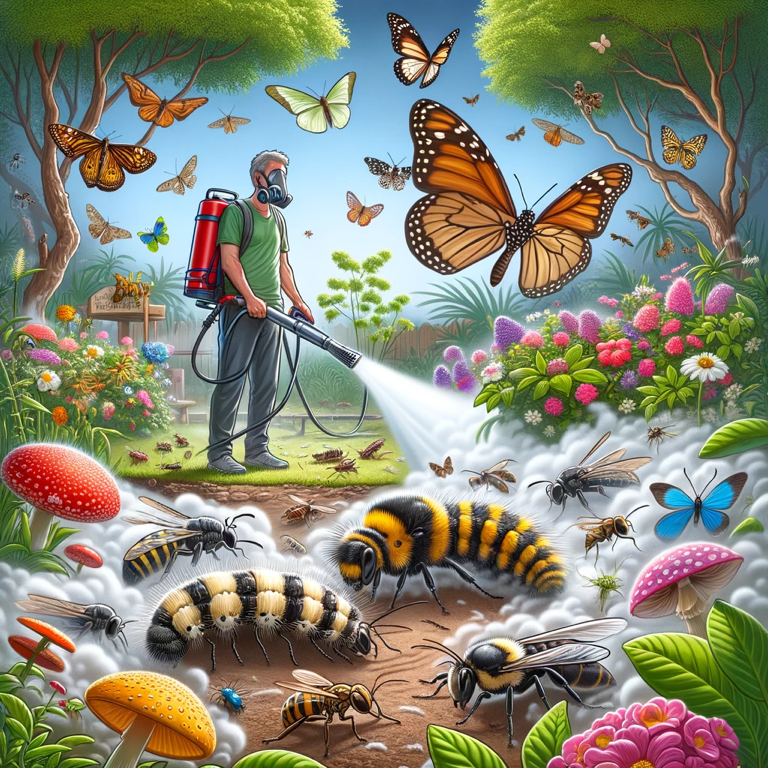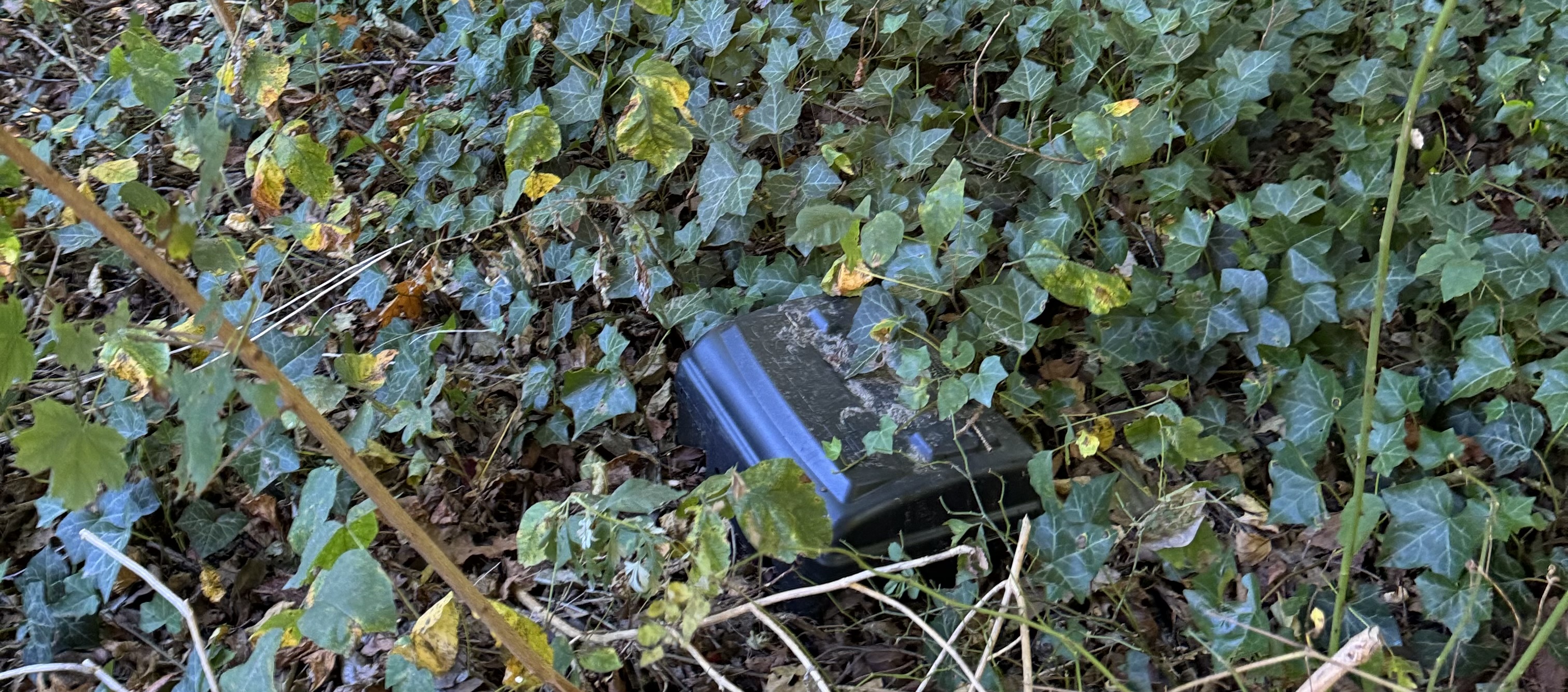
Rat Poison Box solutions on Long Island
- Melissa Feudi
-
February 17, 2025
-
787 words
-
5 minutes
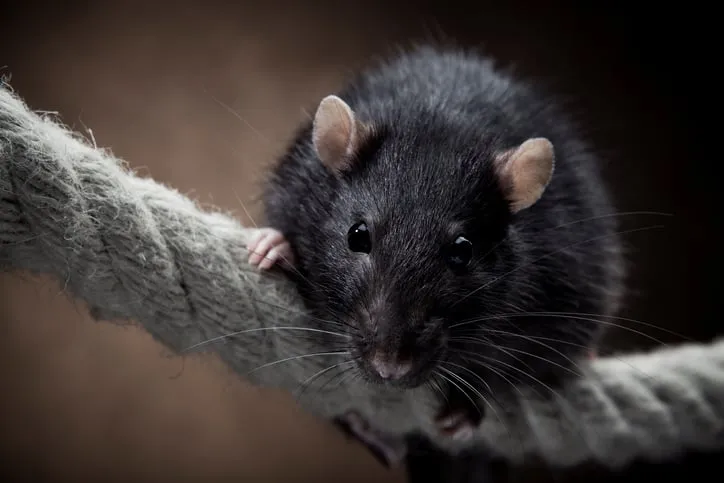
In order to effectively control a problem, it is essential to understand it. Long Island needs help on how to remove rats. The rat populations are increasing year after year, and yet the current solution is putting a poison bait box. The poison boxes kill all the hungry rat predators such as owls, foxes, bald eagles, and osprey. To help Long island from getting infested we need to stop killing our beloved creatures and start making changes to get better long term results. If we are continuing to implement dangerous poison solutions - they will only make the situation worse.
RAT POISON NEVER WORKS
There are many many documents out there about this problem and a lot of research which I will reference below . Through my research, I’ve read that rat poison never works, and can even increase rat breeding. In My Opinion rat poison is lazy, sloppy and dangerous.
WHY IS POISON USED: Some special circumstances it worked. An island off of Galapagos succeeded. The island had no predators because it evolved in a remote area where land mammals could not go. The rats were decimating the island with their feces and their voracious eating habits, hurting the endemic birds that used the island on their migration. The poison worked here because the island didnt have species that eat dead meat, there was no food chain to disrupt. it was a fly over with some plants. The predators that could’ve kept the rats in check never existed and a mass killing event was appropriate. The island really only inhabited migratory seabirds, and it wasn't on top of drinking water or swimming beaches.
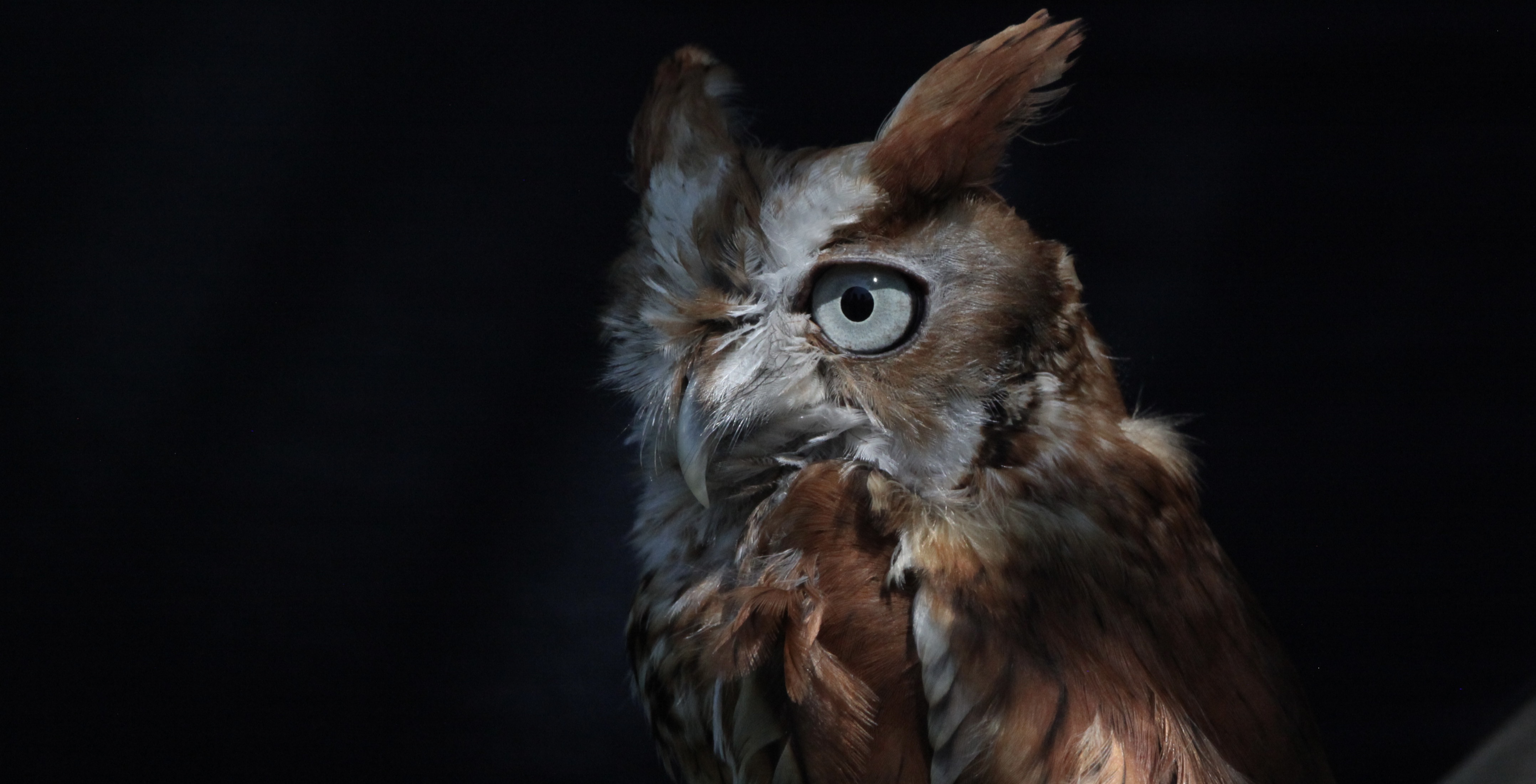
Long Island is not that kind of island. We have birds of prey.
Fast forward—everybody loves this bait, drop poison. People aren't evil, there’s so much fear about rats carrying diseases. Many studies suggest that getting rid of rats by poisoning them increases disease by leaving us with more garbage.
WHEN RAT POISON IS MOST DESTRUCTIVE:
WINTER: Many beautiful owls and hawks depend on mice as a winter diet. Owls feed their babies a protien diet, and often raise their brood through the winter. Flacco the famous NYC owl died from rat poison ingestion.
BY WATER:
IN WOODLANDS:
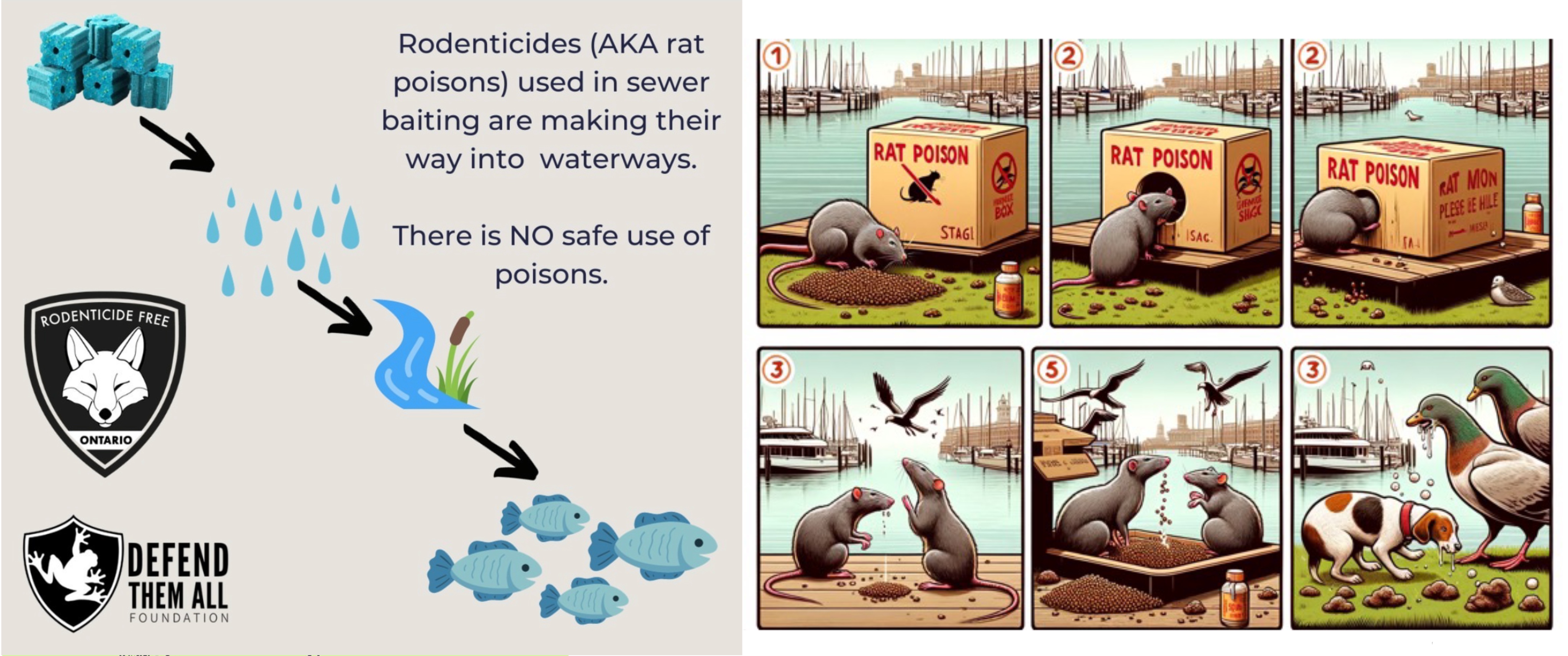
WHY ARE THEY HERE
I think the first step is to understand these rats and how they got here, which also helps explain how they got to that island. Norway rats thrive alongside humans, especially living under man-made structures, such as docks and boat tunnels. Our shores should have deep-rooted, fibrous vegetation to deter them, but instead, we have shallow-rooted lawns, making it easy for rats to burrow.
Preventing rats in towns and homes
Cleaning up
Rats are associated with filth for a reason. One of the best way to reduce rat populations is to clean and cover food waste properly. Poison is the bandaid over issues with cleanliness. Locked garbages. Cleaned spills. Proper contained trash. Why should we allow restaurants to not clean up after themselves?
Garden choices
English ivy is labeled on a few sites as rat havens and for a good reason. It’s true, and I’ve personally experienced it firsthand on both coasts. You can often find them loving their dark, somewhat indigenous vegetation as the perfect home.
The reason why rats love English ivy is because they are pest free clean spaces for them with little competition.
Unlike native vegetation that feeds an entire ecosystem and is the beginning of the food chain, English ivy has no predators. No insects have evolved to eat its leaves. Meaning no spiders are there to eat the bugs. No bugs in an ivy pile also mean no amphibians or other competitive rodents or birds looking for food. This also means predators like hawks and other prey animals like foxes won’t bother hunting around English ivy, creating a perfect refuge for invasive rats.
Since other non-native plants also disrupt these natural food chains, supporting native ecosystems is the key to controlling pests naturally.
Considering that non native plants outside of ivy also carry these traits you can see how supporting the ecosystem naturally removes the pests.
Who does the poison kill:
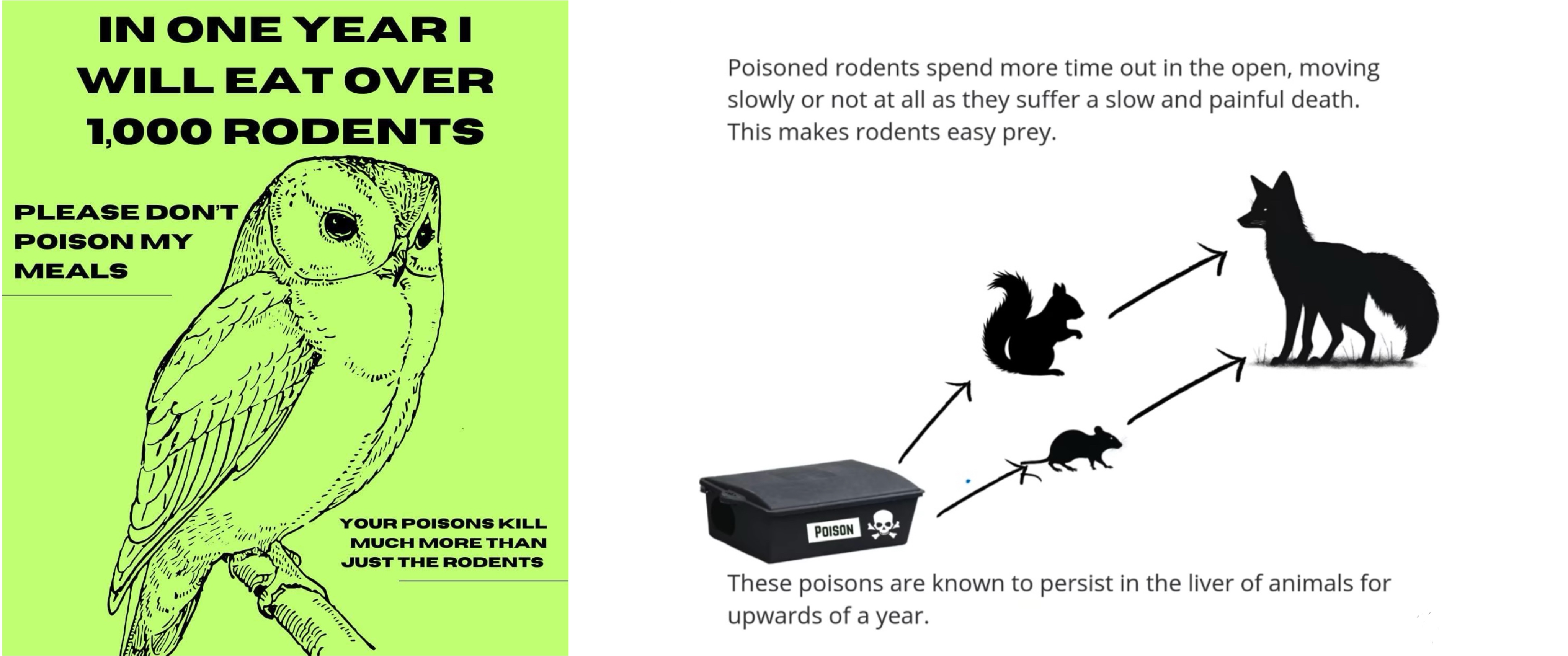
References:
-
Poisoning by Anticoagulant Rodenticides in Non-Target Animals
-
Group effects of a non-native plant invasion on rodent abundance
-
Revisiting the Farallon Islands Unnecessary Eradication Project
-
Poison-dropping drones help rid the Galapagos Islands of rats | Travel News
-
Northport Example:
